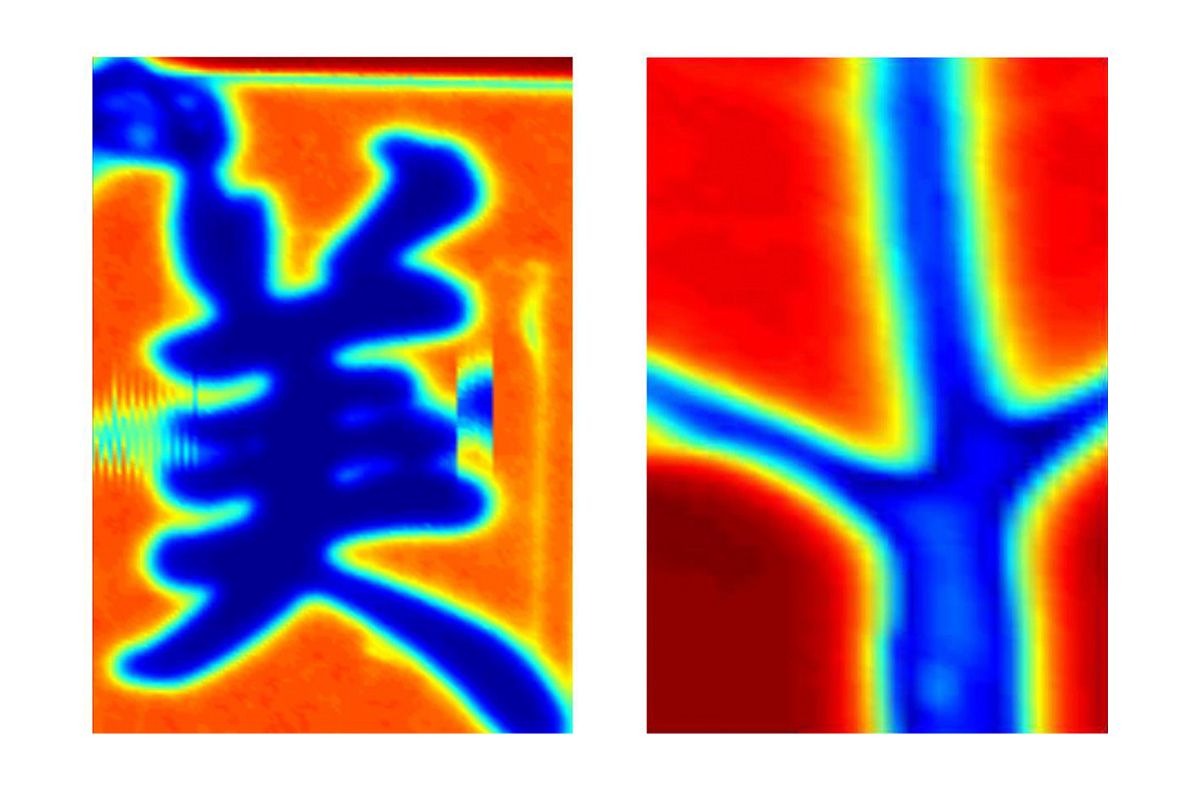Lanzhou University Used MATLAB Live Scripts to Enhance Student Understanding of Electromagnetic Fields and Waves
Virtual Simulations Helped Students Grasp Core Course Concepts
“Incorporating cutting-edge tech content into courses and supplementing it with courseware developed by using MATLAB live scripts have enhanced undergraduates’ interest in scientific research and greatly promoted their research efforts.”
Key Outcomes
- Visualizing abstract and complex electromagnetic concepts using MATLAB helped enhance students’ understanding of core concepts
- Replacing the traditional blackboard-and-chalk model with interactive MATLAB live scripts improved teaching effectiveness and efficiency
- Conducting virtual simulation experiments with MATLAB saved time and costs, avoiding the use of expensive, bulky, and inefficient physical electromagnetic simulation equipment
Electromagnetic Fields and Waves is a core course for Communication Engineering and Electronic Information Science and Technology majors at Lanzhou University. The course involves complex field theory and vector analysis with extensive content, making the traditional blackboard-and-chalk teaching model less effective at stimulating student interest. Additionally, course experiments are challenging, equipment is expensive, and teaching resources are underutilized.
Professor Zhonglei Mei used MATLAB® to reform the course through textbooks, classroom demonstrations, digital resources, practice, and experiments. This approach has enhanced teaching effectiveness, increased student interest in scientific research, and helped solidify the course’s theoretical foundation for undergraduates. Professor Mei integrated cutting-edge technology, supplementing teaching with courseware developed using MATLAB live scripts.
In the practical section, students were guided to use Antenna Toolbox™ to complete the design and simulation of microstrip antennas. Moreover, the virtual simulation experiment helped students master the principles and applications of terahertz imaging, further improving their practical skills, engineering application capabilities, and ability to solve complex problems. In 2023, the Terahertz Time-Domain Spectroscopy Detection and Imaging Virtual Simulation Experiment was rated as a first-class national undergraduate course.
Each year, student evaluations conducted by Lanzhou University give faculty teaching this course consistently excellent ratings. The outcomes of their projects have been made available and shared with relevant universities, departments, and courses throughout the nation. Presently, the massive open online course has been adopted by over 100 universities nationwide, reaching more than 1,700 students.
Products Used
Related Resources
